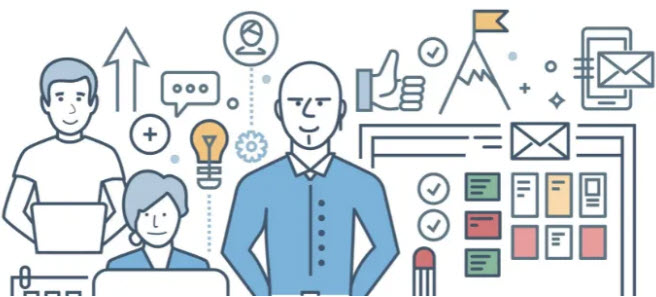Driving Sales Growth With a B2B Social Selling Factory
Creating a B2B social selling factory provides a modern, hybrid process to help build contacts and increase pipeline.
SOCIAL SELLINGSALESB2B


By combining the power of social media with the rigor of strategic selling, you enable new employees and upskill existing team members to succeed in a work-from-home environment.
Creating a B2B social selling factory provides a modern, hybrid process to help build contacts and increase your pipeline with your target audience. This process’s benefits will flow to customer engagement and business development activities.
Companies increasingly recognize the potential of leveraging social media platforms to establish to serve sales strategies that build long-term relationships and drive growth.
Sales organizations know the promise of social channels to generate new conversations and develop leads with B2B customers. The need to build social tool proficiency into sales teams’ practices is a familiar message that starts with building an ideal customer profile to underpin social selling success. But the hurdle to achieving this change is with successful sales reps (and their managers) who have not needed to leverage social media to reach B2B buyers and meet their revenue goals.
Maintaining existing strategic selling habits holds a convincing argument when nothing changes in the seller’s environment. Include remote working and work-from-home impacts on buyers and sellers, and you now face a dilemma.
How do we keep the rigor of team communication and strategic selling practices in place while benefiting from the best social platforms can offer to build meaningful conversations with decision-makers?
Create a prospecting factory
You will do this by keeping your existing sales processes and merging them with your social selling strategy to serve prospective and current customers throughout the sales cycle.
The factory foundations:
Context — what is the target company’s market position versus peers?
Relationships — who are the critical prospects by name or role you need to influence?
Value — how do you communicate with your prospects in language that matters to them, their leaders, and their customers?
Relevance — understanding the existing relationships, contracts, and strategic value of competitors, it becomes clear where your unique value lands.
Partnerships — if your value and relevance mapping identifies an opportunity your company doesn’t fully cover, choose a partner based on gap coverage to meet the potential customer's purchasing decision.
This information can come from multiple channels and sources and equip the seller to build an effective sales funnel and access the identified people.
The social selling aspect of the factory will allow you to generate a multi-touch prospecting campaign that will use channels such as LinkedIn, Twitter, and Facebook, but not to the exclusion of email.
A final consideration is the use of video
Not broadcast on YouTube, but personalized 60–90 second creations that specify the pitch as produced by your factory. Precise and current with relevance to the person you are trying to access and sent to them alone.
